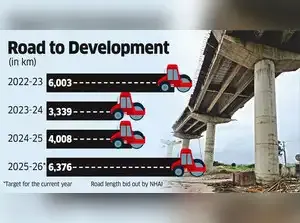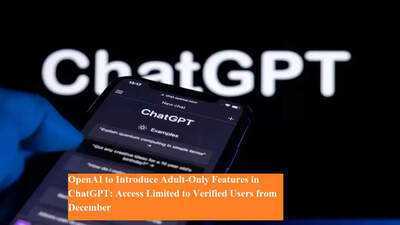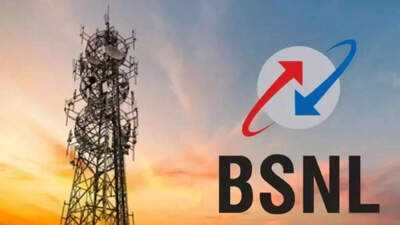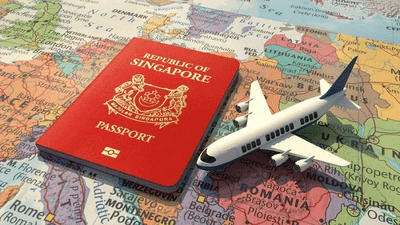
New Delhi: Road developers have urged the National Highways Authority of India (NHAI) to consider further amendments to the model concession agreements governing build-operate-transfer (BOT) projects, including restructuring of the termination payment mechanism, to enable speedy offtake of BOT projects in the country.
More than half-dozen recommendations were submitted at a stakeholder meeting convened by the NHAI last Saturday, with emphasis on easing the burden on concessionaires and making such BOT projects financially viable.
The National Highways Builders Federation (NHBF), in a letter to NHAI, urged the government to relook at the payment mechanism to reflect shared demand-side risk rather than classifying such cases as concessionaire default. ET has seen a copy of the letter.
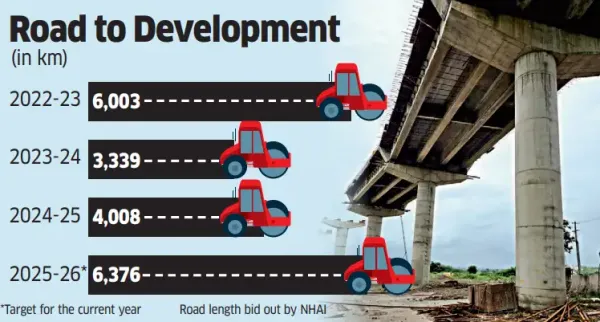
Besides, it called for a permanent Global Navigation Satellite System-based direct toll plaza transaction data to ensure uniformity and reliability of data for determining revenue support.
"Further, it is proposed that prolongation cost compensation be based on a percentage of the total project cost (TPC), ensuring equitable reimbursement of financing and holding costs," it said.
The NHAI plans to award 12 highway projects, spanning more than 1,000 km, under the BOT model with the total capital cost estimated at about ₹ 62,125 crore.
Experts said more changes are needed to make BOT more attractive and bring in investors.
Kuljit Singh, partner and national infrastructure leader, EY India, said each BOT toll project is exposed to the risk of traffic diversion. Besides, such projects are also faced with higher equity outflow from sponsors, and hence the need to cushion the developers from all such issues, he said.
Singh suggested introduction of new provisions relating to reduction in increase in concession period to 10%, penalising developers for safety issues which may be beyond their control in most cases and a defined pass-through of the effects of annual pass to make BOT projects more attractive to investors.
"The risk appetite of bidders to take on market-linked exposure has declined sharply in recent times. To bring them back to the table, authorities could consider offering select lucrative stretches with strong, established traffic potential," said Jagannarayan Padmanabhan, senior director and global head, consulting, Crisil Intelligence.
He suggested introducing a minimum revenue assurance framework to restore bidder confidence while addressing persistent challenges around land availability and the timely shifting of utilities to ensure smoother project execution.
More than half-dozen recommendations were submitted at a stakeholder meeting convened by the NHAI last Saturday, with emphasis on easing the burden on concessionaires and making such BOT projects financially viable.
The National Highways Builders Federation (NHBF), in a letter to NHAI, urged the government to relook at the payment mechanism to reflect shared demand-side risk rather than classifying such cases as concessionaire default. ET has seen a copy of the letter.

Besides, it called for a permanent Global Navigation Satellite System-based direct toll plaza transaction data to ensure uniformity and reliability of data for determining revenue support.
"Further, it is proposed that prolongation cost compensation be based on a percentage of the total project cost (TPC), ensuring equitable reimbursement of financing and holding costs," it said.
The NHAI plans to award 12 highway projects, spanning more than 1,000 km, under the BOT model with the total capital cost estimated at about ₹ 62,125 crore.
Experts said more changes are needed to make BOT more attractive and bring in investors.
Kuljit Singh, partner and national infrastructure leader, EY India, said each BOT toll project is exposed to the risk of traffic diversion. Besides, such projects are also faced with higher equity outflow from sponsors, and hence the need to cushion the developers from all such issues, he said.
Singh suggested introduction of new provisions relating to reduction in increase in concession period to 10%, penalising developers for safety issues which may be beyond their control in most cases and a defined pass-through of the effects of annual pass to make BOT projects more attractive to investors.
"The risk appetite of bidders to take on market-linked exposure has declined sharply in recent times. To bring them back to the table, authorities could consider offering select lucrative stretches with strong, established traffic potential," said Jagannarayan Padmanabhan, senior director and global head, consulting, Crisil Intelligence.
He suggested introducing a minimum revenue assurance framework to restore bidder confidence while addressing persistent challenges around land availability and the timely shifting of utilities to ensure smoother project execution.



